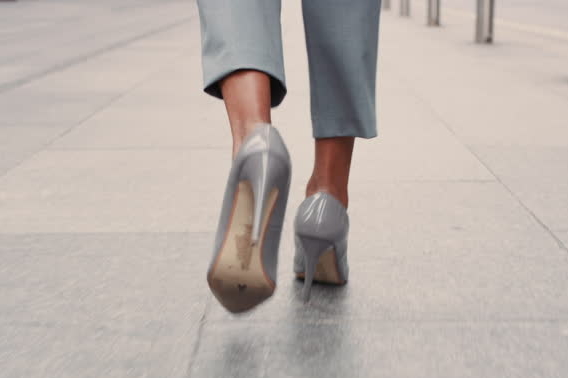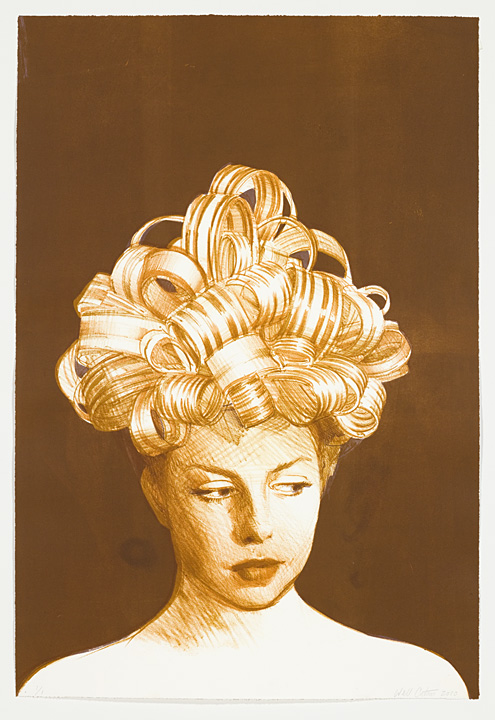
Prints + Multiples
One great way to add an established artist to your personal collection without breaking the bank is to invest in their prints and multiples. A print is any artwork made in iterations, and some of the main types of prints are lithographs, screenprints/seriegraphs, linocuts, and aquatints among others. Often people think that if an artwork isn’t an original painting then it’s basically a poster, and this is absolutely not the case.
First off, look for small edition size when buying multiples. An edition size of 10 helps maintain value versus a print run of 1,000 or an unlimited edition. Edition size can be read like a fraction with the denominator as total number of prints and the numerator is your numbered print. Often an artist will also reserve a handful of Artist Proofs or Printer's Proofs for extenuating circumstances like replacing a damaged piece or lending an edition for a museum exhibition. In general the smaller the edition size, the better for retaining value.
Some factors that help with valuation include when a print is signed and numbered, stamped, and has a certificate of authenticity. Prior to purchasing a print, I always look for a signature or number which is often found lower right on the front of the piece. If an artist or dealer tells you a piece is signed Verso it means on the back, and Recto means the front of the artwork. I also request a certificate of authenticity, and generally like to keep this affixed to the back of the artwork or in a safe file for my records.
Editions are often printed in collaboration with well established printing houses. Some really famous names to pay attention to for Post-War and Contemporary prints are ULAE on Long Island, Tyler Graphics in Mount Kisco, Gemini G.E.L. in L.A., and Paragon Press in London among others. These studios often stamp a work as well.
A limited edition with hand painted elements that makes it slightly different from others in the same series is a fun way to bring originality to a multiple. In my family room, we have a Will Cotton piece called Ribbon Candy 9 (2010). Will Cotton’s work is an interesting case because it is a monoprint lithograph with hand coloring which means the printing process was used but it is actually a unique work and the artist’s own hand strokes can be seen on the surface.
If you can’t already tell, I practice what I preach! The Damien Hirst stained glass butterfly work in my kitchen is a 48 inch square silkscreen print run of 50 with glaze and pearlized colors. An original painting of his would be far outside my budget, so investing in a print made sense to include a blue chip artist in my personal collection.
So researching edition size, print house, and keeping organized records with regards to certificate of authenticity are key when collecting multiples and maintaining their resale value. Original works are the gold standard, but I love rounding out a collection with editioned prints as well. As always, feel free to email me - hello@jillian-art.com.
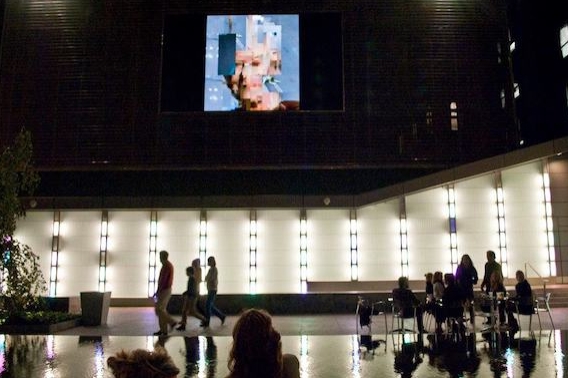
Working in Jacksonville, Florida as opposed to New York or Philadelphia has been a big change when it comes to
Read more
According to the 2018 Hiscox Online Trade Report, Instagram has become the art world’s favorite social media platform, with 63%
Read more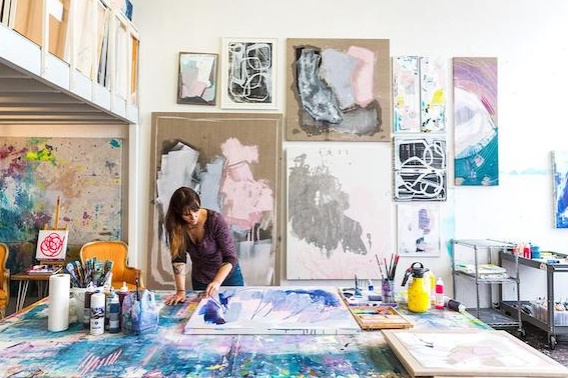
So you’re interested in buying art, but where do you start? First, just start actively looking at art on a
Read more
With a proliferation of websites like Artsy and Saatchi Art that have millions of works available at your fingertips, you
Read more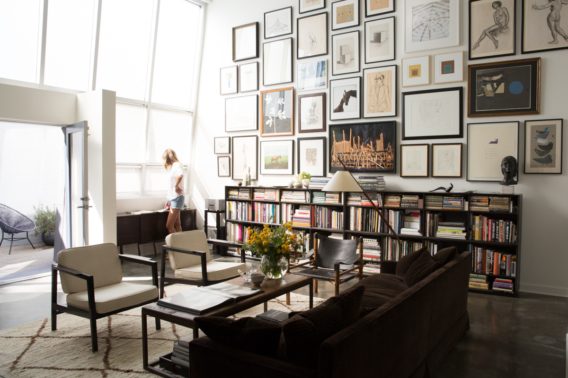
Picture 17th century Paris. Young painters are vying for their chance to exhibit their work in a prestigious academic salon.
Read more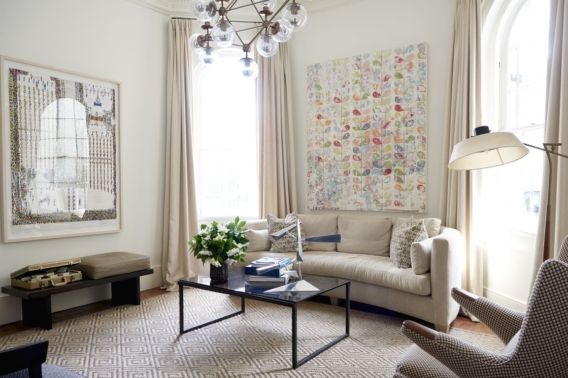
Rather than an honorary radiating chapel dedicated to your family’s patron saint in a Tuscan cathedral, today a donor family
Read more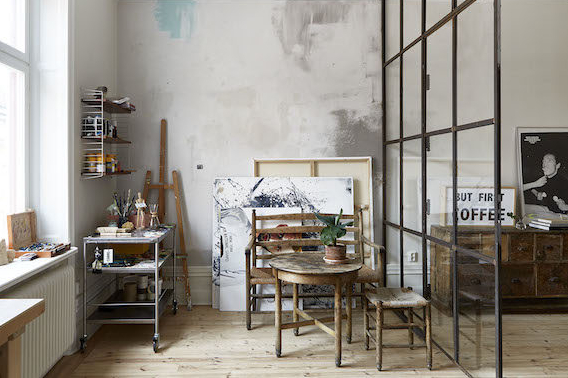
In my years working for art galleries and curating pop-up exhibitions in my free time, I brought many of my
Read more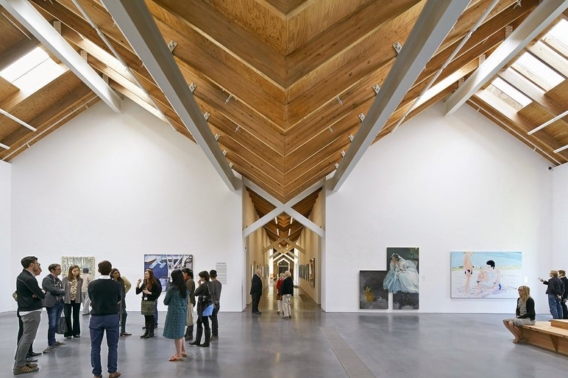
While it’s common to see the Met when visiting New York, the Art Institute of Chicago, or the Getty in
Read more